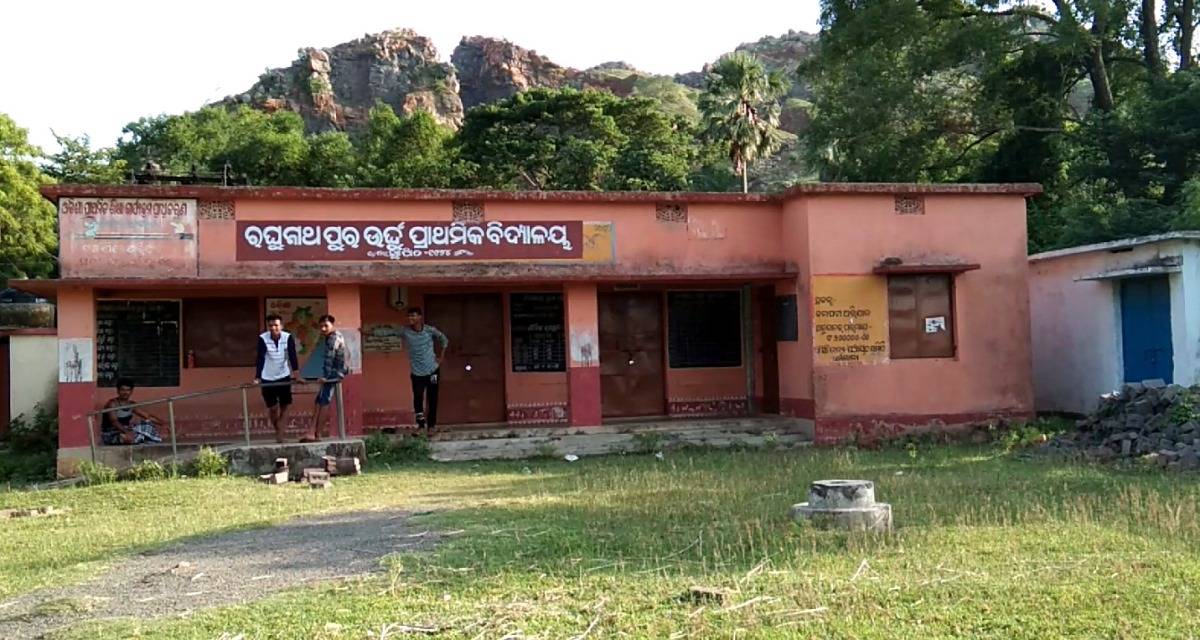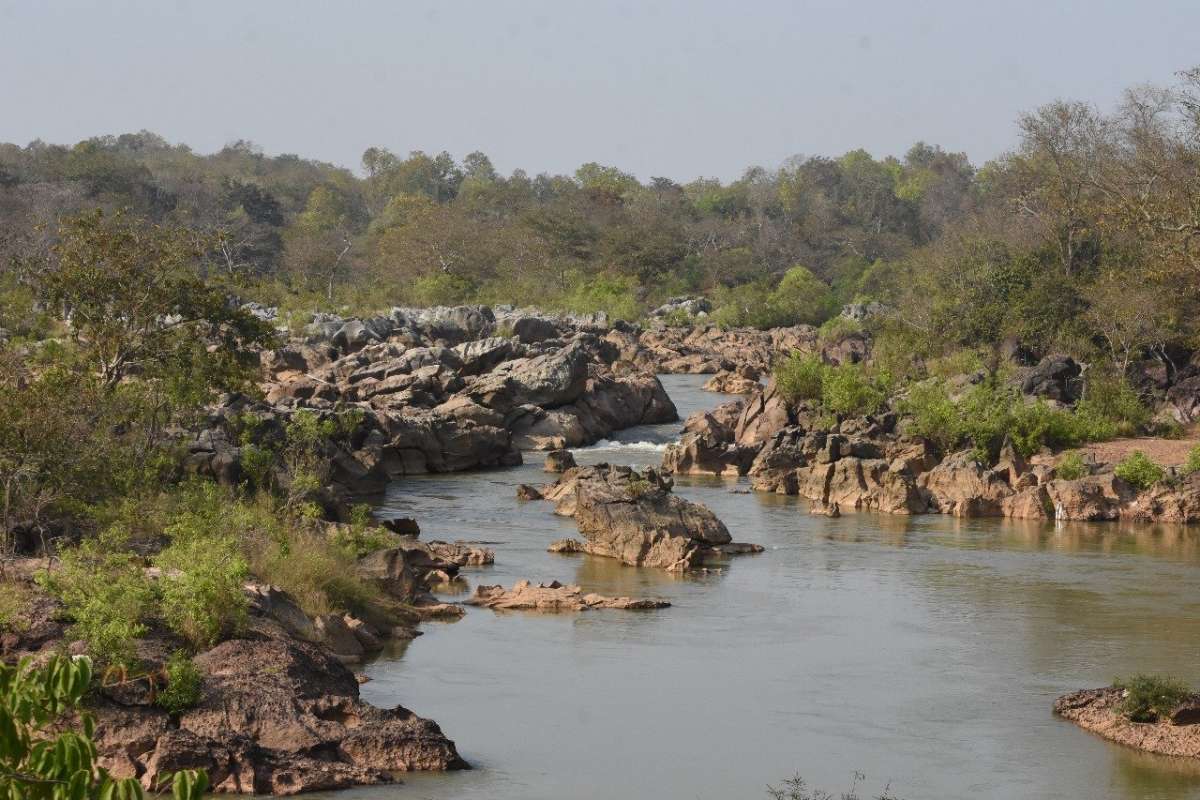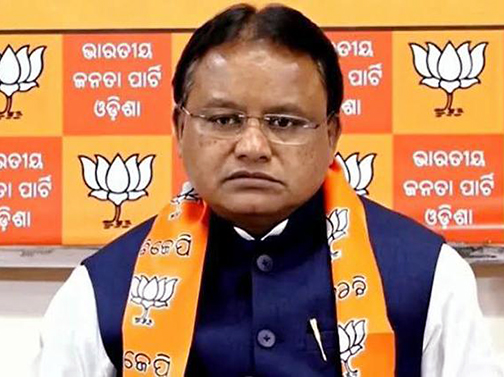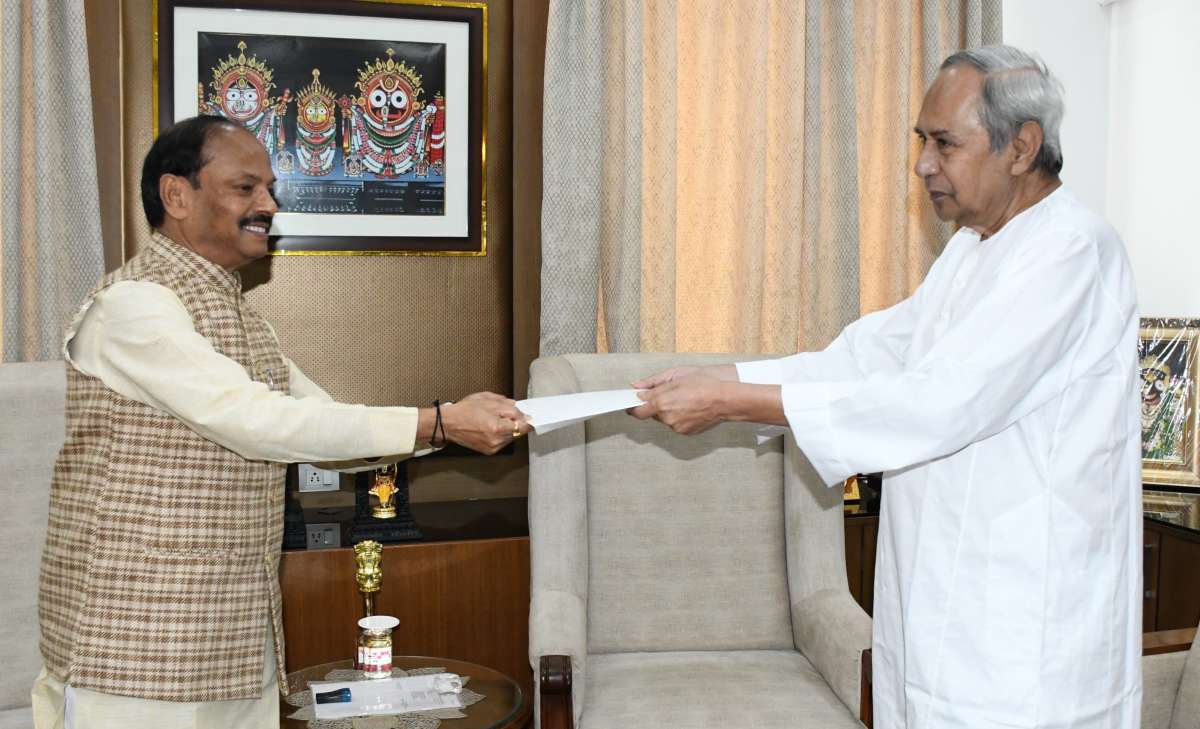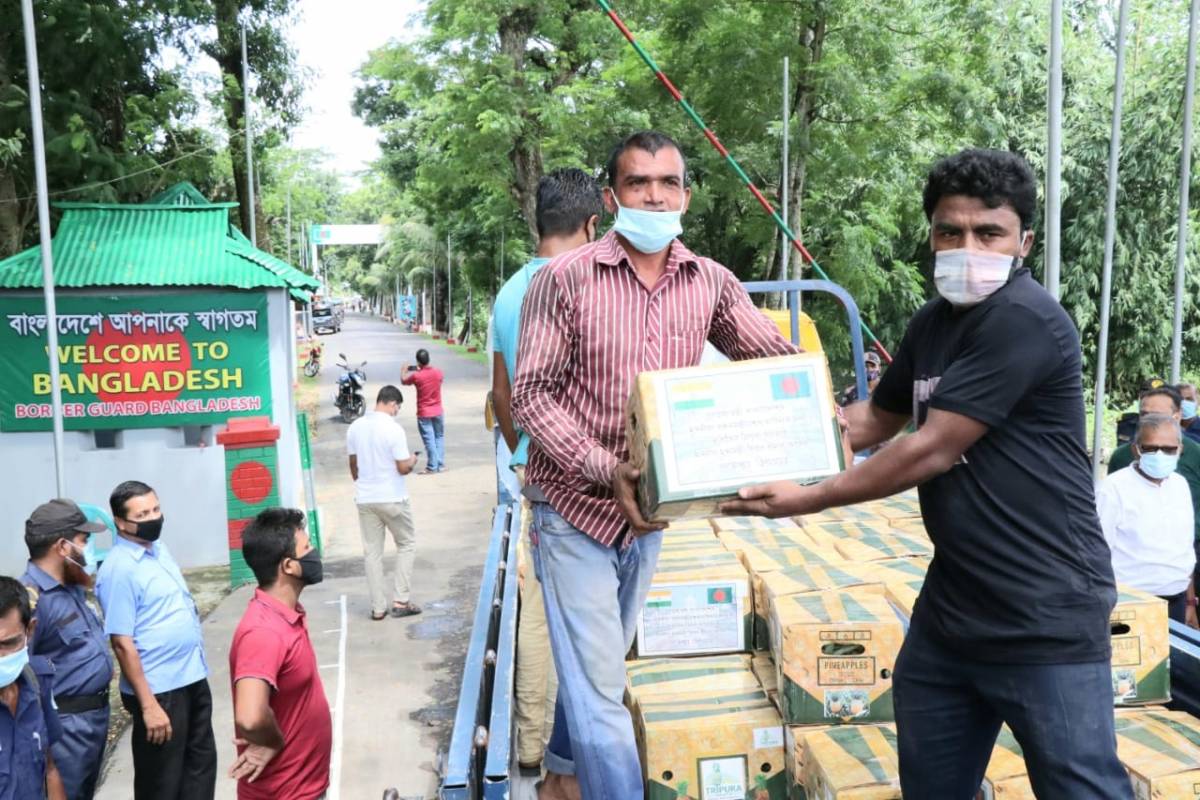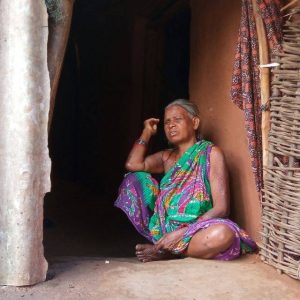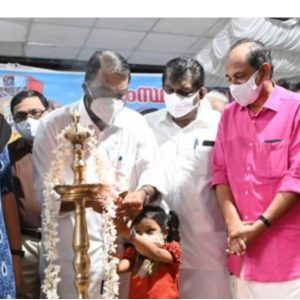While his parents remain undecided on the future course of action, the pandemic has added to their worries…reports Tazeen Qureshy.
Even as the Covid-19 pandemic has caused severe damage to the education system in the country, the students in Odisha are facing a challenge of a different kind. The Odisha government has been on a spree to shut schools with a low enrolment of students.
It started in 2014 when close to 200 schools with low student strength were shut. In 2019, close to 1,000 schools with less than 10 students were either merged or closed down. In fact, the state government had planned to shut close to 14,000 schools in phases, but the number was reduced to half last year after the issue was taken up by the Right to Education (RTE) Forum and opposition parties.
Debendra Mahakud (nine) of Kaptipada block in Mayurbhanj district of Odisha, is a fourth standard student in Saharasahi Primary school, which is barely 100 metres from his house. Prior to the establishment of this school, the village children had to cross a patch of forest to attend the nearest school in a nearby village. To ward off inconvenience in commuting, the state government had established the Saharasahi school a decade back. But now, the primary school faces closure due to low student strength. The next option for Debendra is another school which is 3 km away from his house. Though the classes are currently suspended due to the pandemic, his father, a daily wage labourer, is sceptical of continuing education when the classes resume.
“I am not sure if my son can continue his education. The new school is far away and I can’t let him travel alone. When he was studying in the old school, I could keep an eye on him and ensure he attended classes. But it will be difficult to keep a watch on him if he goes to the new school. He is a young boy and there are chances that he might skip classes. Also, I am not very convinced about his safety as he has to cover a patch of forest to reach the new school,” said his father.
While his parents remain undecided on the future course of action, the pandemic has added to their worries.
“He has already lost one year of proper study lessons even though he has been promoted to class IV as per the guidelines. There were some students in our village who took tuition, but since we couldn’t afford it, my son will remain behind them.”
Grassroots level activists who have worked in the field of education believe these changes will only encourage drop-outs.
“In remote areas, the people are usually not into educating their children. The kids start work at a young age and contribute to the household income. It had taken a lot to convince the villagers to send their children to schools and provide them with education. By shutting down schools, accessibility will become an issue and it will lead to drop-outs especially among the girl children,” said Amar Ranjan Bhoi, associated with a local organisation.
In its defence, the government says that closure is inevitable in some cases as it is practically difficult to implement mid-day meal schemes and appoint teachers in schools with low student strength. But, parents and experts say the reason has to do with the quality of education.
Shehnaz, a VI standard student, explained the low enrolment problem. She used to study in Raghunathpur primary school in Dharamshala block of Jajpur district but opted out in 2018. She said the school had only one teacher and they didn’t have regular classes. Like her, many other students withdrew their admission and got themselves enrolled in another school 2 km away from their village. In 2019, the school was shut down due to low student strength.
“My previous school was 200 metres away from my house. But, the teaching was not good. One teacher had been appointed and he would take classes at his own convenience. I informed my parents who then decided to change schools. Many other students from the area followed suit. So, the strength of Raghunathpur school came down and was shut. The problem is with the education quality,” she said.
While Shehnaz is among the fortunate ones whose parents have agreed to send their daughter to school despite the distance, other students have not been so lucky. Either the kids are too young to be sent to school alone or the transport cost is higher.
To address the issue of commuting, the government has proposed a ‘transportation cost’ based on the attendance of the students, but experts say that won’t solve the problem.
“The problem is the government is trying to look into solutions without looking at the actual issue. The issue here is low enrolment in schools and why it is happening. Without addressing this, the government is focussing on transportation. The reality is that there are no adequate teachers nor proper classes. So, it is obvious that the students are dropping out. Even if the government bears the transportation cost, how it can be sure that students staying in tribal areas will attend classes. In tribal areas, the terrain is not easy, so even if they get money, they will have to wade through forests and rivers just to attend school. Practically, this won’t be possible and they will drop out,” said Anil Pradhan of RTE Forum.

After protests by activists and political parties, the government has ‘officially’ put the school closure decision on hold. But field workers say, on the ground, the implementation is on.
“It is difficult to gauge the exact situation due to the pandemic as all the schools are closed. But, our field officers have informed us that in several parts, the school has been shut down and the school furniture and supplies have been removed. This is a very unfortunate step,” said Pradhan.
(The author is a Bhubaneshwar-based freelance journalist and a member of 101Reporters.com, a pan-India network of grassroots reporters.)
ALSO READ-A cup of coffee a day may protect you from Covid-19’


